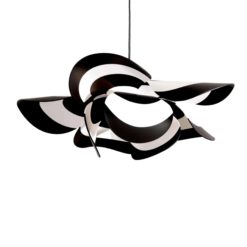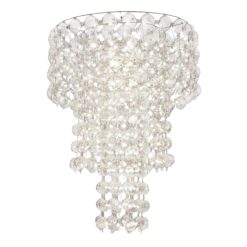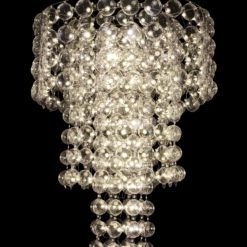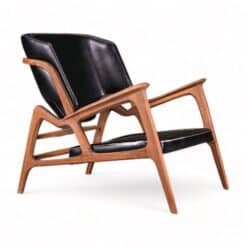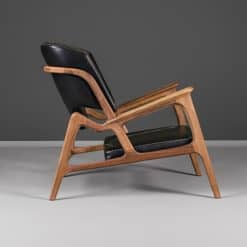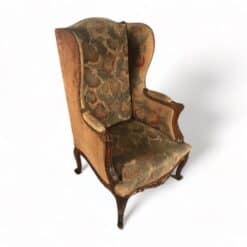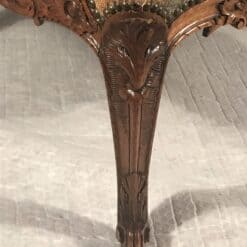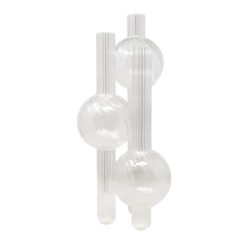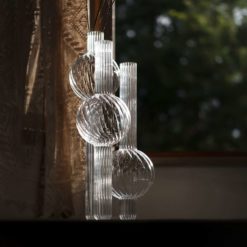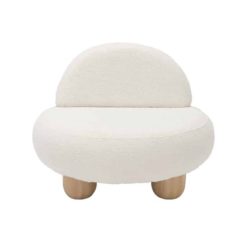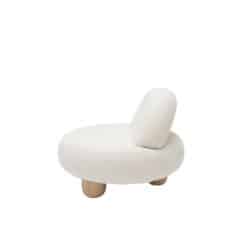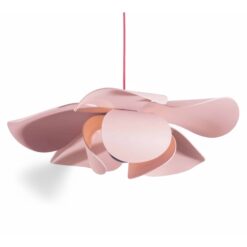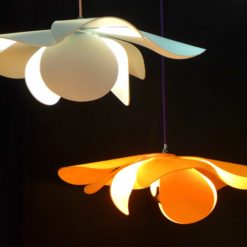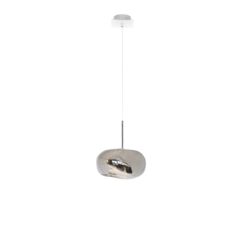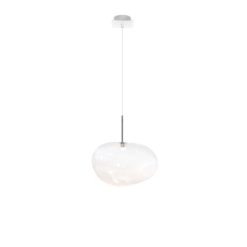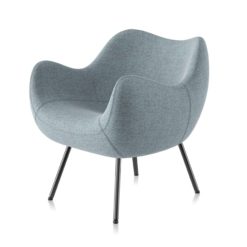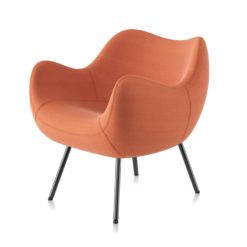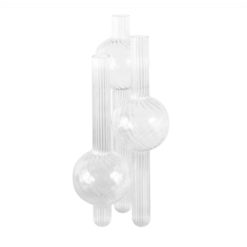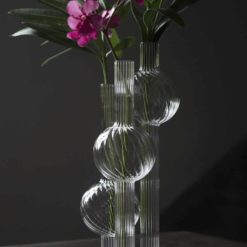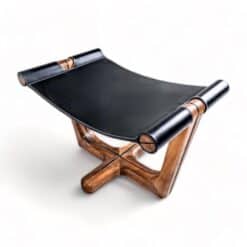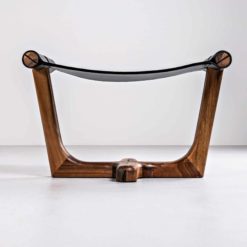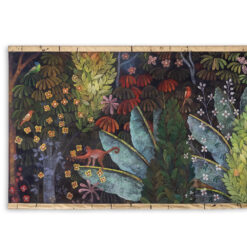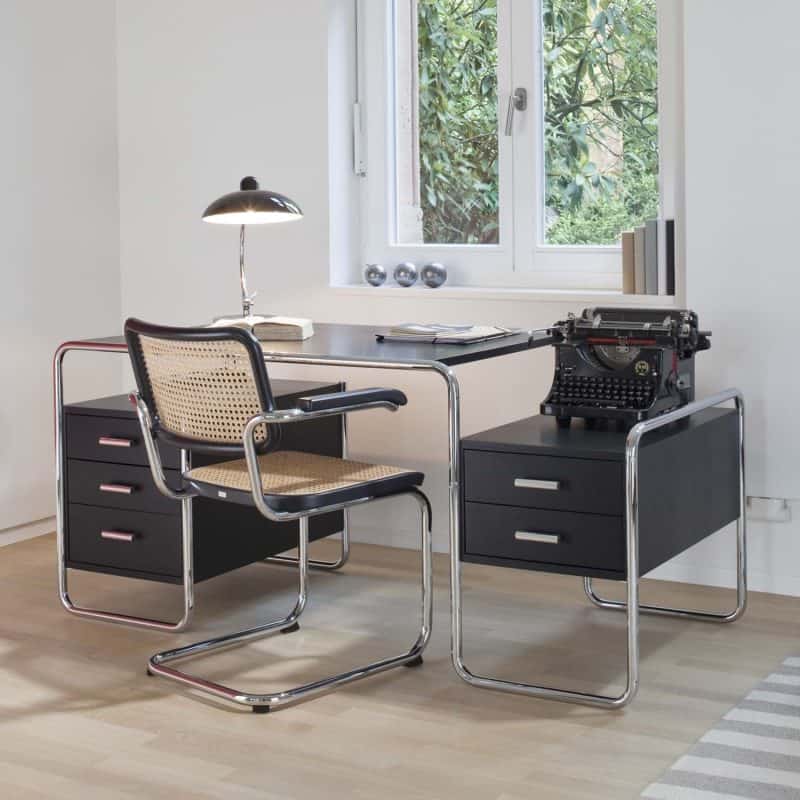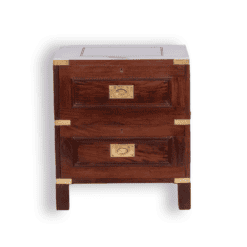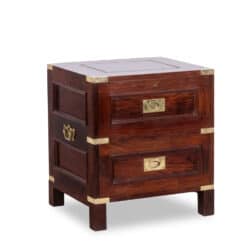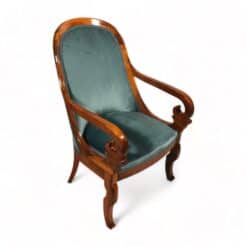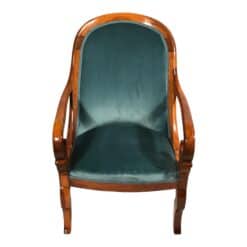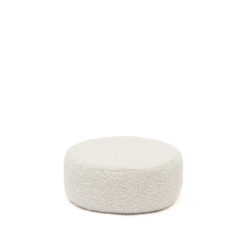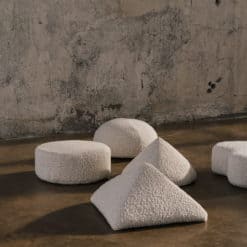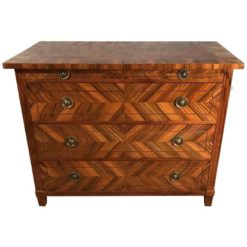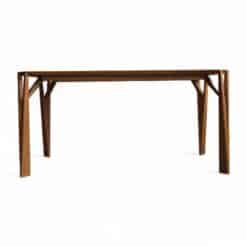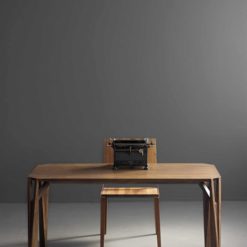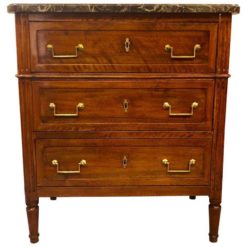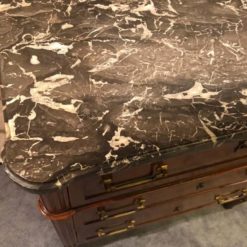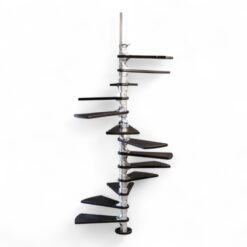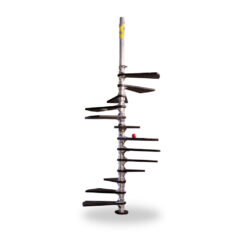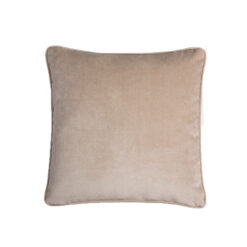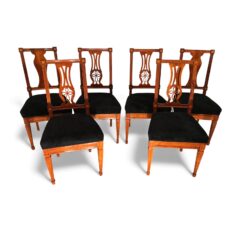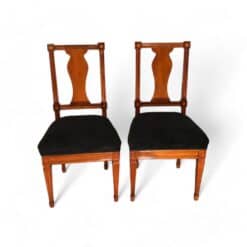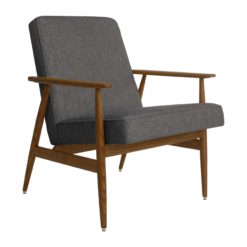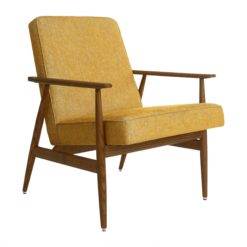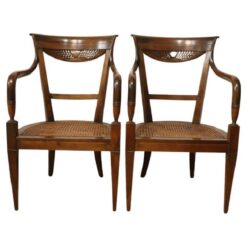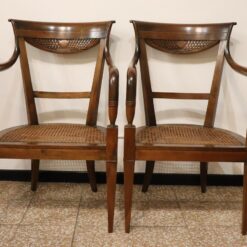Best Sellers
Furniture, Styylish History
An Evolution of Style: The Vintage Desk in the 20th Century
A Vintage desk is one that is less than one hundred years old, but nevertheless associated with an artisan period. We traveled through the history of 18th and 19th century antique desks in our blog post a few weeks ago. Last week, we took a closer look at the versatile antique secretary desk. Now we turn to more recent history, to trace how antique desk styles evolved into the vintage desk.
The End of the 19th Century
As the 19th century progressed, the more austere Biedermeier style of furniture inspired the rise of the Arts and Crafts movement throughout Europe. That movement was in part a rejection of the growing influence of industrial technologies. Arts and Crafts designers emphasized the simplicity and beauty of handmade goods.
In the United States, that era coincided with the beginnings of the Mission Style in furniture. The Mission Style had similar goals to the Arts and Crafts Movement. Simple lines and strong wood rejected the power of industrial processes.
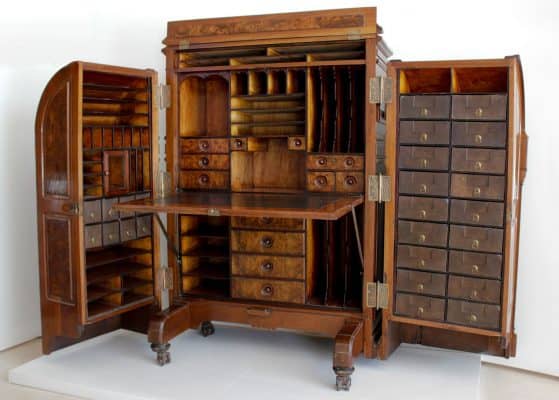
Concurrently, some furniture designers sought to take advantage of the new power of industry. The Wooton desk is a famous example of late 19th century American desk design that used modern design techniques in a twist on the antique secretary desk. The American makers of the Wooton Desk produced it in series, using machines.
As we leave the 19th century, the lines between an antique and a vintage desk begin to blur. Keep in mind that, for our purposes, a vintage desk is one that has wholeheartedly embraced the new materials and styles that came with industrialization.
The Turn of the Century
For loyal readers of our blog, the time period in furniture design around the turn of the 20th century should be familiar ground. The Arts and Crafts movement initially inspired a more whimsical period in design known as Art Nouveau.
You can immediately pick out an Art Nouveau desk from a crowd. It embodies some of the more ornate aspects of 18th century French furniture, while rejecting the pomp and circumstance. Art Nouveau is characterized by a joyful simplicity and a love for whimsy.

This wonderful Art Nouveau seating arrangement, available now on Styylish, exemplifies what to look for in Art Nouveau furniture. Long, thin lines round out the joyfully light wood with flair. Pair it with a vintage desk for a winning combination.
We have seen examples of Art Nouveau design in the work of Georg Jensen, whose gorgeous silver crafts you can learn more about in this blog post. The legacy of the handmade, natural motifs of the period is seldom found in a more recent vintage desk. That is because Art Nouveau, in its continued rejection of machine processes, was soon overshadowed by a different art movement.
Art Deco, Revisited
Here at Styylish, we have a soft spot for art deco design. We have covered it extensively on our blog: for an in-depth look at the history, stylings, and artists of the Art Deco period, be sure to check out some recent posts.
The biggest takeaway for our history of the vintage desk is that Art Deco emphasized the machine-made style of a new world. Famous Art Deco desk designs include Paul T. Frankl’s skyscraper series, which played with verticality and urban landscapes on an intimate scale.
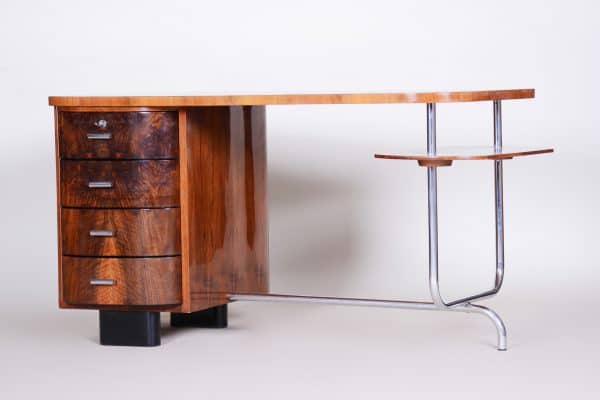
Art Deco rejected some of the more fantastical elements of Art Nouveau, and emphasized stark, opposing colors, new luxurious materials, and the possibility of the industrial age. This striking Jindrich Halabala Desk, available now on Styylish, exemplifies the modernity of late Art Deco design. Note the simple curves and use of exposed metal.
Towards the True Vintage Desk
Late Art Deco designs foreshadowed the transition to true vintage design in all kinds of pieces of furniture.
The Bauhaus style of 1930s Germany took up some of the tenants of Art Deco design and stripped them down. Bauhaus wanted to distill design to its most utilitarian and machine centered.
Bauhaus represents the shifting priorities of a difficult century. Coinciding with the Great Depression and the beginning of the Second World War, the more simple, cool elegance as compared to previous decades stands out. For more on Bauhaus design, be sure to check out our blog post from earlier this year.
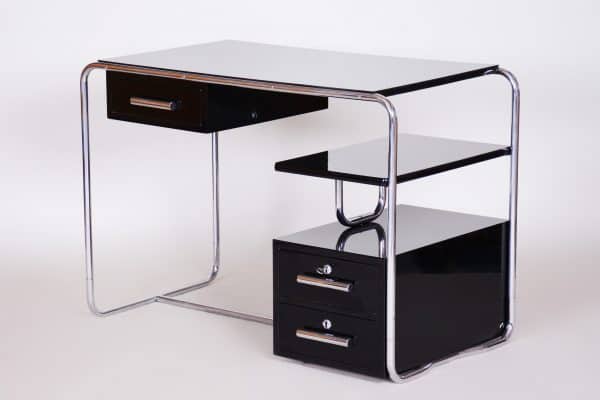
This striking vintage desk in the Bauhaus style, available now on Styylish, is clearly inspired by the Art Deco design that came before it. But it further rejects the heavy wood décor in favor of streamlined, sleek design.
The priorities that defined the Bauhaus period in vintage desk design would evolve into the mid-century modern style of postwar US design. In fact, Mid-century modern takes up the mantle of utilitarianism directly from Bauhaus and centers very simple lines and honest materials in striking designs.
From Vintage to Now
The story of the vintage desk is an unfinished one. Soon enough, designs from the beginning of the 21stcentury will feel vintage to us. One day, they, too, will become antiques. In the ever-moving history of style, we’ve only written the first chapter.
Bring a vintage desk into your home office today and write your own history on its Styylish surface!

